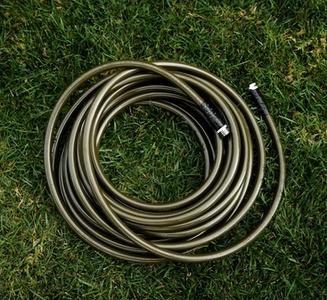Signs of an overwatered lawn
- Grass turns vibrant green, then limp
- Excess watering makes the lawn feel squishy
- Watch for moss, algae, and fungi in overwatered lawns
- Grass transitions from yellow to brown with too much water
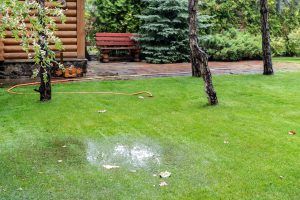
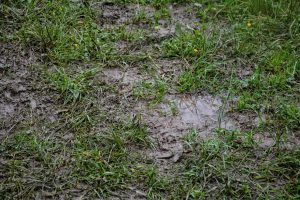
Signs of an underwatered lawn
- Grass turns gray, then blueish
- Footprints linger on the grass for 30+ minutes after walking on it
- Grass transitions from yellow to brown when thirsty
- Lawn will be dry, crispy, or crunchy—then go dormant
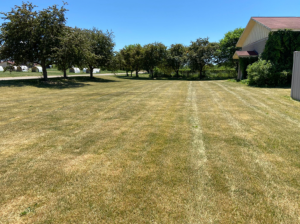
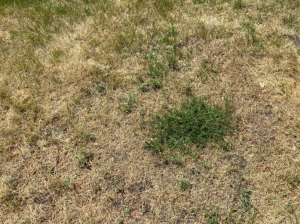
How to recover your lawn
Assess your lawn's condition
Begin by determining if your lawn is overwatered or underwatered.
- Overwatered: If your lawn has received too much water, either from over-irrigation or heavy rainfall, give it a few days to dry out and recover before proceeding to the next steps.
- Underwatered: If your lawn is parched, proceed directly to the next step.
Audit your irrigation
How to audit your irrigation system:
- Place uniformly-sized containers, like tuna cans, across your lawn.
- Run your irrigation for a predetermined amount of time.
- Examine the water levels in each container. Uniform water levels indicate even irrigation. If levels differ, it’s time to recalibrate to ensure even water distribution.
This important step will help to prevent brown spots in your lawn from either overwatering or underwatering.
Create irrigation zones
Designate zones based on water requirements. Sloped areas typically need more water due to runoff, while shaded or low-lying areas require less to prevent overwatering.
Water deeply and infrequently
Limit watering to 2–3 times per week, opt for uniform coverage as much as possible, and try to water about 0.5 inches per 30-minute watering session.
This approach to watering helps your grass grow deep roots, making it better at handling too much or too little water.
Limit foot traffic
Paying attention to where you walk can impact your lawn's health.
- Wet areas: Minimize foot traffic to prevent soil compaction, which can block water from soaking in.
- Dry areas: Walk less on these spots to avoid damaging grass that's already stressed from lack of water.
Cited sources
Avoid Overwatering Lawns & Landscapes. University of Nebraska-Lincoln.
How often should grass be watered? Texas A&M Agrilife Extension.
Irrigation Practices for Homelawns. Purdue University Extension.
Water-saving strategies for home lawns. UMN Extension.













